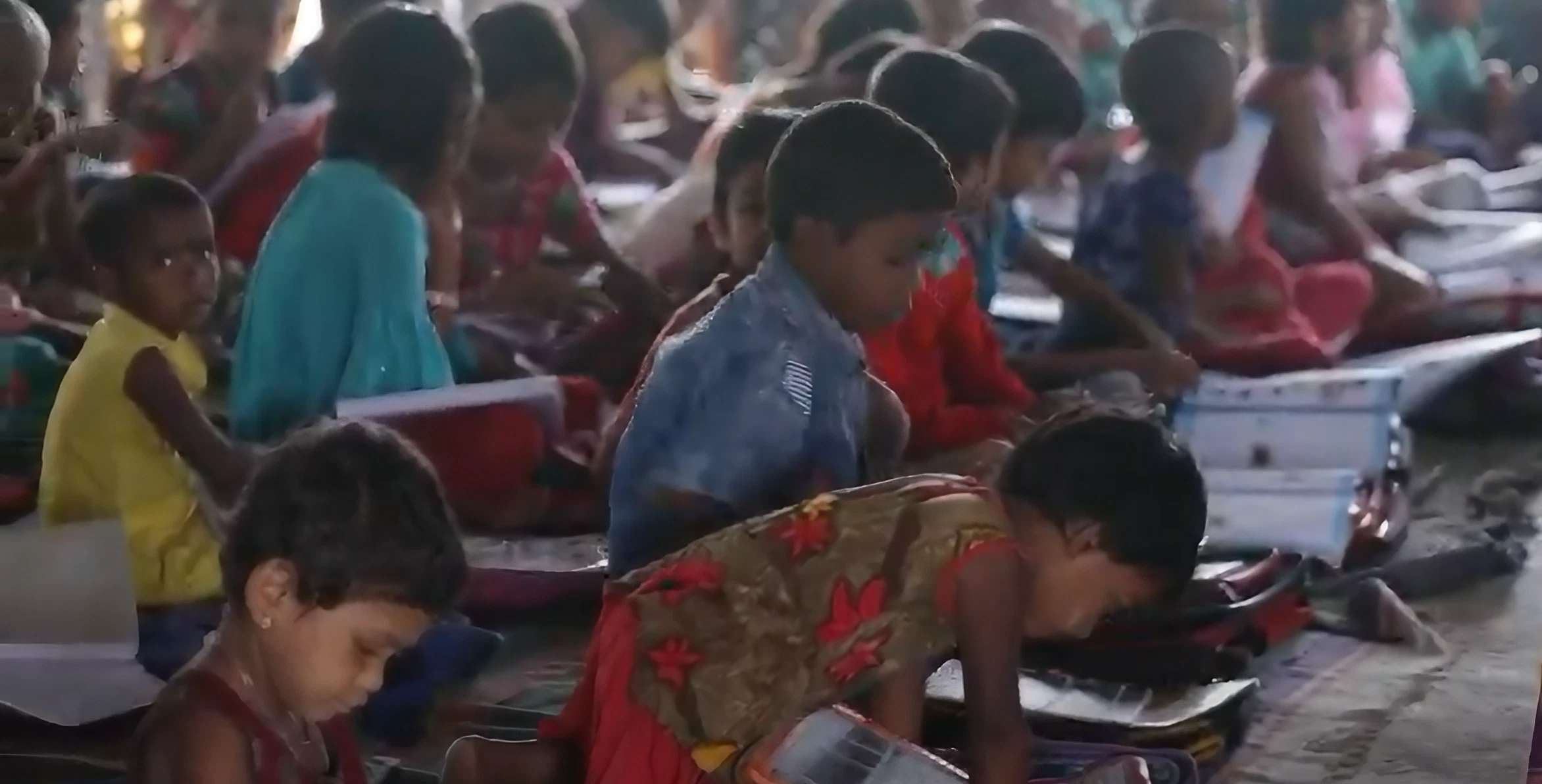Anu's story was supplied by Ankana Das
On a cold January morning, Anushka Mistry was born to Nityananda and Ratna. Her parents were overjoyed at the prospect of raising their daughter; however, they knew that their present financial situation might affect her upbringing. They wanted to give her the best education and yet a childhood that they themselves had enjoyed–climbing trees, stealing mangoes from neighbors’ trees, swimming in the muddy backyard pond for hours. They were known to the entire village for mischief.
Yet Nitya and Ratna knew they couldn’t let Anu do the same because times had changed, and the village was not the same. They needed to put Anu in a good school that could empower her with knowledge of the world, one that would subsequently prepare her for a career outside of the village. With the nearest English-medium school 40 kilometers distant from their place of residence, both mom and dad contemplated ways to realize their dream, especially Ratna who had to quit her education in her teenage years for logistical reasons.
After her marriage with Nityananda, Ratna led and still leads the women’s sub committee of Prameya Foundation. She also assists Nitya in various jobs. While she is content with her work, Ratna does regret not completing her education. She did not want Anu to go through the same. When the foundation instigated the school of Prameya Pathshala, Ratna was the first of the few parents to trust their children to the Pathshala’s alternative education.
Ratna wakes Anu six days a week at 5:30 a.m. to bathe, feed, and prepare her for the Pathshala. From 6:30 a.m. until 8:30 a.m., Anu, is entrusted to her teachers. Only three years old, she has been a regular for the last six months. At first little Anu put her alphabet and coloring books in a small cloth mat inside a tattered jute carry bag that her grandfather once owned. (Now she packs them into an Oceanbags backpack!) A ten-minute walk from her home, her cousin Madhu accompanies her to the Pathshala, or her other cousin, Mayukh. Both Madhu and Mayukh are students of the Pathshala.
Once at school, Anu finds herself amidst a sea of other similar children, mostly older and all gathered in a thatched roof establishment, waiting for their teacher. The children squeal and sing. They mess around till the teacher arrives.
Once he is there, the children are silent. Anu, being the teacher’s favorite because she is the youngest, sits close to him. He uses her pet name as is the Bengali practice among friends. While he checks the homework of the other, older kids, he asks Anu to trace letters from a book. On special occasions, he hands her a box of crayons with a coloring book. Those days are Anu’s best. She loves coloring, and there is one shade that resembles the feathers of a parrot. Not exactly green, not yellow either, it is a sweet light green color that Anu loves. Her friends know all about Anu’s fascination for the color, and they love to pull her leg. This doesn’t deter Anu for a minute. With tremendous overuse, the green crayon is presently so small that even her tiny three-year-old fingers find it difficult to hold. In the box, the stick stands out against the lengths of the brown and black and blue.
Even so, Anu’s work at the Pathshala is not simply tracing alphabets or coloring figures. Her teacher is trained to provide every child the best attention. Curriculum is set for equipping the students with knowledge of the outer world so that they can someday compete with others their age who are educated in the cities. The Pathshala gives Anu the opportunity to attain an education that is not only tailored to fit her standard but is also free of cost. Because there are no schools in the vicinity, even if Anu’s parents and the many others of those enrolled in the Pathshala could have afforded tuition, an English education would not have been possible.
One wonders what Anu would have done with her time if she did not go to the Pathshala? Perhaps she would have helped Ratna with the twigs of fuelwood in the kitchen and begun a traditional woman’s path in the Dalit household. There is nothing wrong with this path; however, nothing in it would prepare Anu for life anywhere else.
This is the story of Anushka Mistry, the youngest of the Pathshala goers, whose life would be very different without Prameya’s influence in her village.


